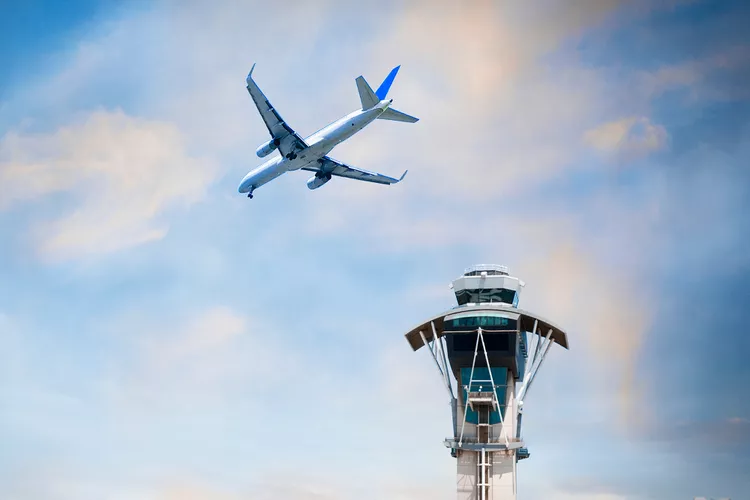Summary
- Current Situation: Airlines face significant air traffic control staff shortages leading to operational challenges.
- Long-Term Solutions: Experts predict a long timeline for hiring and training new controllers.
- Temporary Measures: Airlines are reducing flight schedules to manage ongoing problems in the system.
Air traffic control staff shortages have plagued the aviation industry all summer, and now airline executives are warning travelers that it could take years to resolve these issues.
”It will take five to seven years [of hiring] to break even if all goes well,” said Nick Calio, the CEO for Airlines for America, a group representing major carriers across the country. In an interview, he emphasized, “Do we need five to seven years of further disruption on a daily basis? I don’t think so.”
This summer, Transportation Secretary Pete Buttigieg indicated that the Federal Aviation Administration (FAA) is short about 3,000 air traffic control employees. Moreover, Airlines for America reported that a New York-area facility was operating with only 54 percent staffing levels.
Consequently, these shortages have led to a series of operational challenges that resulted in the FAA agreeing to extend waivers to allow airlines to reduce services from New York City-area airports.
JetBlue CEO Robin Hayes expressed concerns to Reuters, stating that the air traffic control dilemmas are causing scheduling uncertainties. He remarked that even if the FAA increases its hiring rates, “it would still take us five years to catch up.”
“In the short to medium term, we have to reduce flights in heavily impacted airports because the system can’t cope with the current volume,” Hayes explained. “We’re selling flights that we know we won’t be able to operate due to ATC challenges.”
Currently, the FAA reports having 10,700 certified controllers, which marks a slight increase from the previous year when there were 10,578. However, this figure remains 10 percent lower than in 2012.
For its part, United Airlines has reduced flights from its Newark hub this summer in an effort to avoid prolonged flight disruptions, lowering its daily operations to approximately 390 flights from 435 before the pandemic.
However, in a statement, the FAA confirmed their commitment to “creating a robust pipeline of skilled and diverse professionals for the aviation workforce. The agency is also taking action to reduce the air traffic controller training backlog created by COVID.”
Furthermore, the FAA announced that they hired 1,500 controllers this year and plan to hire an additional 1,800 next year.
Beyond the New York City area, several other airlines are also cutting back on midweek services mainly to meet demand, including Southwest Airlines, Allegiant Airlines, and Frontier Airlines.




